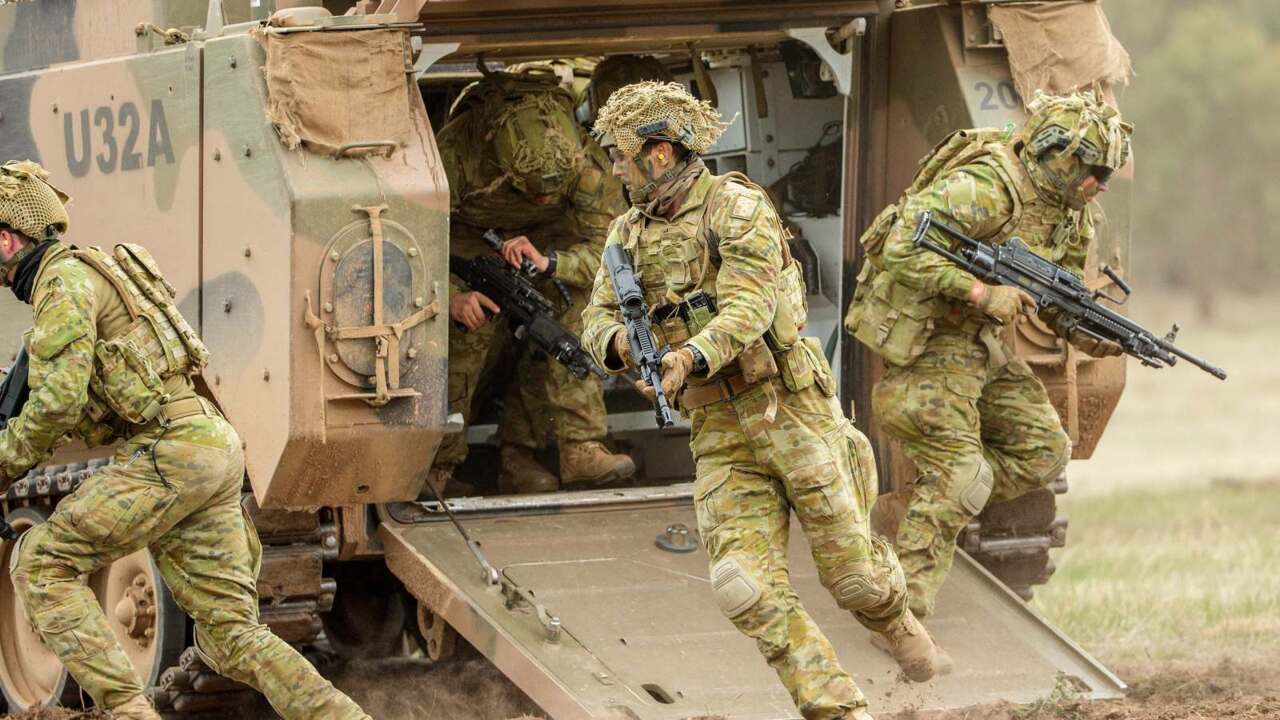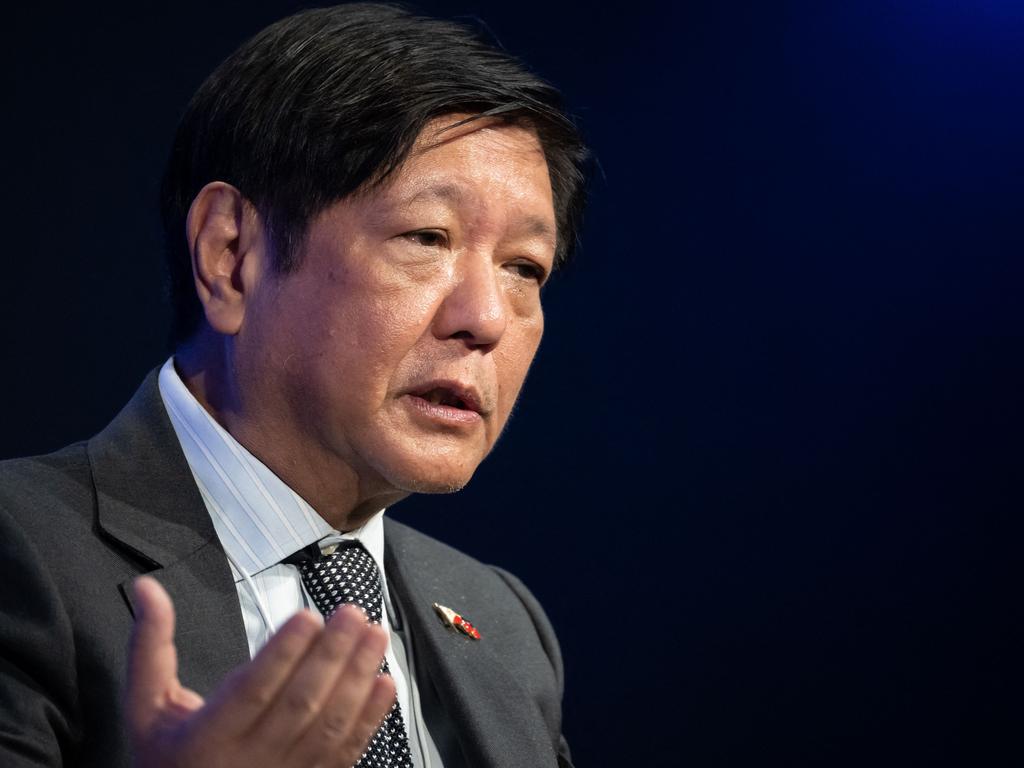Missile arsenal ‘decades behind’, warns former navy chief
A former navy chief has warned today’s navy has a dire shortage of missile capability to repel an enemy and says it will take a generation to rebuild its firepower.

A former navy chief has warned today’s navy has a dire shortage of missile capability to repel an enemy and says it will take a generation to rebuild its firepower.
In a damning assessment of Australia’s ability to defend its own waters, Vice Admiral David Shackleton has revealed the navy has had a 43 per cent drop in firepower since 1995.
Vice Admiral Shackleton, chief of navy from 1999 to 2002, said on current planning it would take another 22 years to lift missile capability to 1995 levels, a situation that’s manifestly inadequate in the face of China’s build-up.
“In 25 years, the RAN has incurred a reduction of 160 missile cells, or 43.5 per cent of its potential firepower, a circumstance that is unhelpful when Australia is in a time of heightened national security concerns,” he said.
The revelation puts further pressure on Defence Minister Richard Marles to find ways to quickly boost the firepower of the ADF as part of his response to the Defence Strategic Review.
It comes as Mr Marles travelled from Britain to Washington to finalise Australia’s plans to acquire nuclear-powered submarines in what will be the most consequential defence decision in a generation.
Mr Marles this week ruled out acquiring an interim conventional submarine for the navy, fuelling fears of a capability gap between the retirement of the current Collins-class fleet and the acquisition of nuclear-powered submarines.
Vice Admiral Shackleton said he had conducted an analysis of the navy’s missile firepower to illustrate how it had been eroded at a time when the US navy was increasing its firepower in the face of a rapidly rising China.
“Australia arrived at this point through its failure to consistently comprehend the fundamental linkage between firepower, and the number of surface combatants possessed by the nation, and that the lead time to overcome deficiencies is measured in decades,’’ he wrote in an analysis for the Australian Strategic Policy Institute.

Vice Admiral Shackleton said the shrinking number of missile cells on the navy’s fleet was due to misplaced force structure decisions that he said prioritised anti-submarine warfare (ASW) over offensive firepower.
He is especially critical of the government’s plans to build nine British-designed Hunter-class destroyers, which are optimised for ASW, but which carry only 32 missile cells. By comparison, the US Navy’s Arleigh Burke-class destroyers carry 96 missile cells.
“The 2018 decision to acquire a British-designed warship requiring a wholesale change of its combat system, sensors and weapons, and to be only fitted with 32 missile cells, appears irrational,” he said.
“If you don’t have enough missiles, you fundamentally will run out and this leaves you in a position where you really don’t want to be.
“If we are committed to any kind of activity, when we are not under the umbrella of American forces, we will have to be completely reliant upon ourselves.”

Vice Admiral Shackleton said that in 1995 the navy was operating three guided missile destroyers, six guided missile frigates and the first of eight smaller frigates, giving it a capacity of 368 missile cells aboard its warships.
But since then the number has dwindled with the current eight ANZAC-class frigates carrying only 64 cells between them, and the three Hobart-class air warfare destroyers carrying 48 cells each, giving them a capacity of 144 cells.
With the yet-to-be built Hunter-class frigates carrying only 32 cells each, Vice Admiral Shackleton said it would not be until the ninth Hunter-class frigate was completed in 2045 that the navy’s missile firepower would return to 1995 levels. This represented “a capability gap of 50 years”.
The only way the navy could increase its missile firepower more quickly would be to reduce the number of Hunter-class frigates and instead choose another frigate with greater firepower.








To join the conversation, please log in. Don't have an account? Register
Join the conversation, you are commenting as Logout